
It allows to keep PV going, with more focus towards AI, but keeping be one of the few truly independent places.
-
Hey everyone, I have slipstream 3 installed. I'm taking video at 720p60 (I need to ensure stability for an hour straight shoot). I'm getting some really obvious aliasing in my video. I've attached images to show what is going on. Is there any way to reduce this, or is this just what I should expect with 720p? I have the in-camera settings set to -2.

 Aliasing-100percent.png262 x 286 - 153K
Aliasing-100percent.png262 x 286 - 153K
 Aliasing-200percent.png380 x 555 - 164K
Aliasing-200percent.png380 x 555 - 164K
 Aliasing-400percent.png173 x 359 - 48K
Aliasing-400percent.png173 x 359 - 48K -
@ caveport Did you test intravenus or any other intra setting??
-
@driftwood I'm planning to do some testshootings with slipstream #3 today. In your description you wrote
FSH1080i50/HBR25p 70Mbps GOP1
Isn't this far too less bitrate for an Intra codec on GH2? I always thought with bitrates around 70Mbps you need 3-GOP minimum for keeping a good quality, or did I miss some new developments? Anyway, I will post my slipstream test results.
-
Thanks for the very detailed, but down to earth explanation – this should help all those who are asking for the "best" setting. One needs to note, however, that this setting needs a very good card and will generate high bitrates.
-
I have been testing these settings against stock firmware as I am interested in noise vs detail. I do a lot of professional grading on Davinci Resolve and have had issues with some hacks. I was getting unacceptable noise in shadows with most hack settings but Cluster X Moon Intra 1 GOP has ironed out the blockiness in the noise. The noise now has a more film grain look to it.
I did a lot of frame by frame examination of noise on a stainless steel kitchen sink bowl with tap water running. The sink has micro-fine scratches and is almost monochrome so noise visibility (especially chroma noise) and detail is very easy to see. Also any motion artefacts are obvious in the water flow. The running water reflected some light which ensured some variation in the brightness of the dark areas to help reveal any artefacts.
I used 24P & HBR 25P for my testing at ISO 800, F8, 50th Sec shutter. Standard kit lens 14mm -42mm manual focus. I tested using Smooth all settings at 0, and then tested noise reduction settings at -2,0,+2. All exposures displayed a white histogram before recording.
Using stock firmware the look was very nice. Some blockiness in dark areas.
Frame by frame analysis revealed the GOP encoding affecting the appearance of the noise. 1st frame clean and sharp detail in both image and noise. The following frames showed some softening and variation due to the lossy compression. This created a kind of blockiness which was most obvious by the chroma averaging going on. YUV 4:2:0 encoding results in a very low resolution chroma sampling compared to the luminance channel, so there were no surprises there. What was interesting was the low resolution chroma sampling was being affected by the lossy long GOP encoding resulting in small colour shifts in the 'blocks' from one frame to the next. The visual effect is a rather coarse flickering noise but quite subtle to the eye.
I tested some other hacks and the same results were observed but with differing GOP lengths, so a 6 GOP hack would have a 'sharp' noise frame every 6 frames and a 3 GOP every 3 frames.
This variation in the appearance of the noise created a subjectively noisier image.
Cluster X Moon Intra 1 GOP has the SAME 'sharp' noise appearance on EVERY frame.
I am extremely pleased with the results of the test and further real world shooting has convinced me that I will now only use this hack for critical shooting and stock firmware for long-form documentary and event video shoots.
Before I did these tests I was very skeptical of the hacking process as nothing seemed to deliver a big improvement over stock firmware. For me, GOP1 hacks are the best.
My workflow now is GOP1 hack footage converted to Apple ProRes 422HQ for the final conform, graded in Resolve, then Neat Video for chroma only noise reduction. This leaves the higher resolution luminance noise which gives a slight film grain appearance and stops the footage from having a 'plastic' look.
A big thank you to everyone here who has taken the time to develop and test these hacks.
To all that remain skeptical: don't take MY word for it, do your own tests and find the hacks that work for YOU!
regards to all, Peter
-
Only the bottom-right side of the stage. Limix G Vario 3.5-5.6 I. version.
-
-
Yes, the 14-42mm lens f5.6 1600 iso.The sound of his voice mixed three cameras.
-
@atibob is that default kit lens 14-42 that came with gh2?
-
A fast three-camera shoots. GH2 right in front of the stage. Still no real light and color, but the evidence that you can work with. ISO 1600 Lumix 14-42
Sorry for my bad english: (
-
@PaPa Try shooting a scene with as fine detail as you can manage, with the sharpest lens you can manage. Make sure to use apertures between f/4.0 and f/8.0, depending on the lens. If the scene contains a lot of detail and different colors, it can help to make the differences show up a little quicker in grading.
If you have trouble reaching sufficient scene detail in the content itself, you can still make things more difficult for the codec by increasing the ISO noise (I'd say ISO 1600 to ISO 2000 max). Differences between the two settings will become most apparent as you start to max out the bitrates on each setting. You can try panning around the high detail scene to see if it increases your bitrates or not.
Btw, I find that shooting the canvas patterns on paintings can sometimes be helpful for these tests. But you have to make sure that the canvas texture is in sharp focus.
-
@PaPa There are definitive chroma / luminance differences between the two - its only in the grade that subtleties become apparent. Settings like Intravenus, Boom etc... are designed to look good straight out of the box with their very low quantisation scalers. moon is quite a similar matrix to Orion but is tested to produce equal quant across the whole picture particularly when gets get busy and wide detail scenes.
-
Hmm, perhaps my eyes are untrained, but I shot a static sequence with one camera using Orion V4B and one with Moon Trial 5. In both cameras, 16gb formatted cards gave me 13mins48s roughly and the images look.. well.. the same. Even at 400%. Is there a suggestion of what I could do, or shoot, in order to get more perceived differences between the two? Really curious to see where one takes over the other and in what conditions. Gracias!
-
That's fine @rajamalik. Moon is developed to use hi quality for the whole picture and according to the scene detail will always try and encode to QP14-18.
If scene is mainly static ie large portions of the picture are not changing expect lower bitrates.
-
@driftwood i am using Moon trial 5 at present. even for me most of the shots were captured less than 125mbit and some below 120mbit. is it fine??
-
@driftwood @thepalalias ya reshooting without that shirt. added that change as a scene and a teaser.
-
@Bressonftw Thanks Bressonftw! The shot with the wood is only RGB Curves. Did an 'S' curve for that. The other two shots are Levels, RGB Curve ('S' curve), light effects, and Fast Color Corrector.
-
@DeShonDixon Good work. Musically excellent lift of the Cinematic Orchestra.
-
@DeShonDixon Great early 80's video look. Great slow mo as well. Whole thing rocked. Oh yeah - forgot one other thing....SKILLS!
-
Shoot with Moon Trial 5
-
has any one tried slipstream 3 yet? especially HBR and 720p modes.
-
Looks real amazing T1000, what did you do with the grading?
-
@rajamalik Looking forward to the rest of it. :)
-
@driftwood Got it thanks!
-
Here are 3 frame grabs from my lighting test. Ungraded and graded. Graded shots have the wide screen bars.
Moon Trial 5 ISO 800 Smooth -2-2-2-2
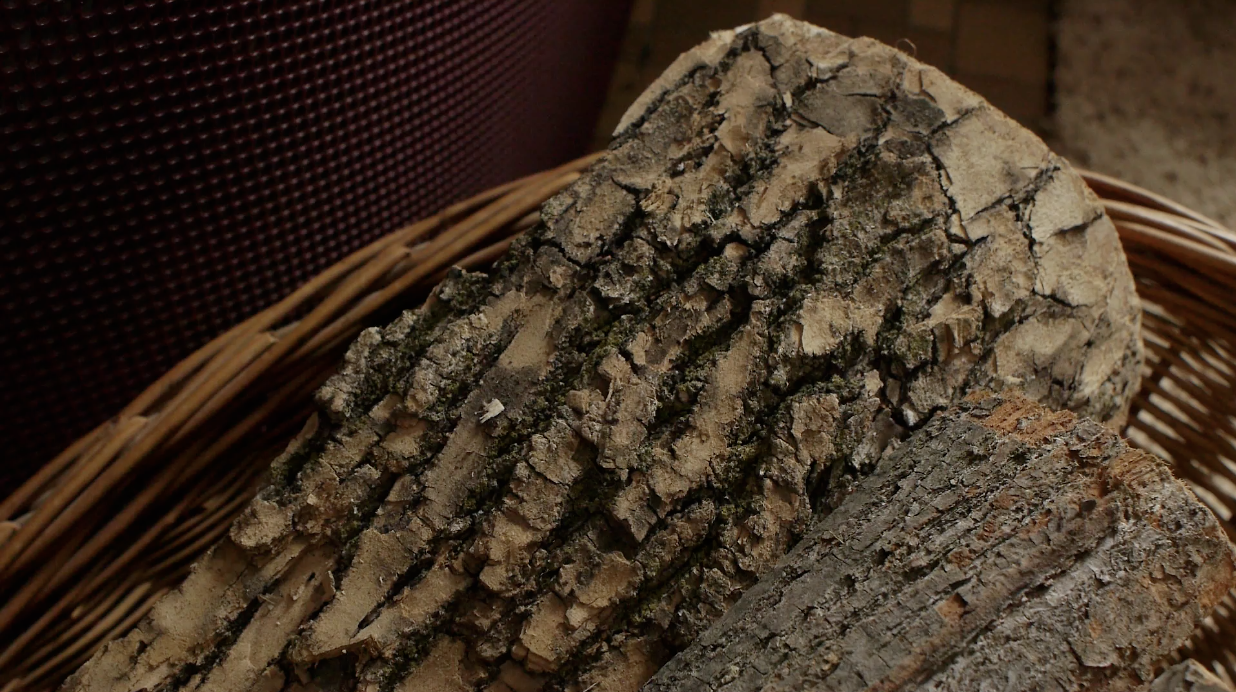
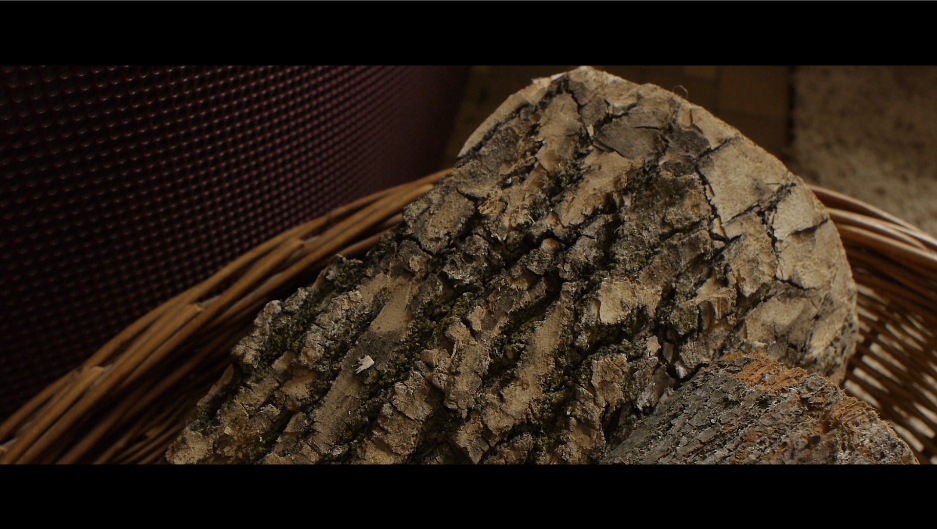
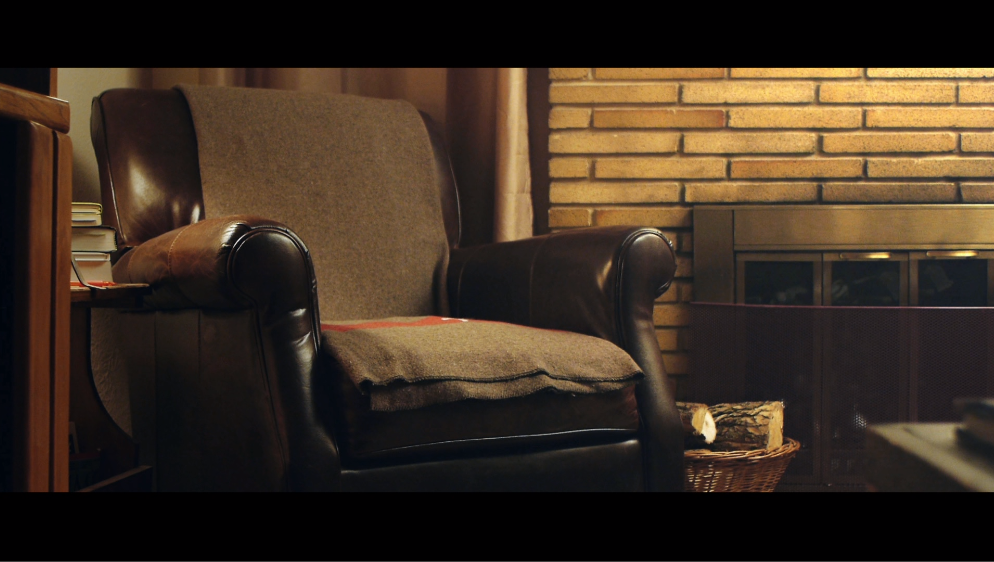
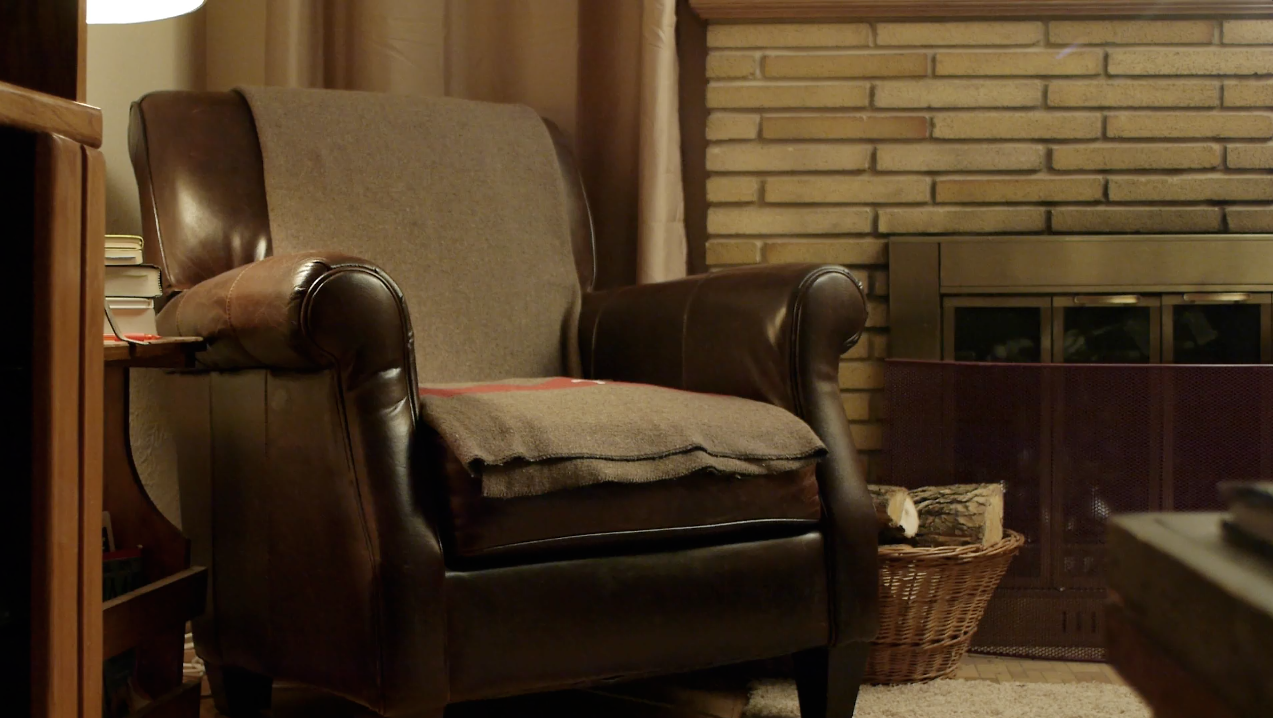
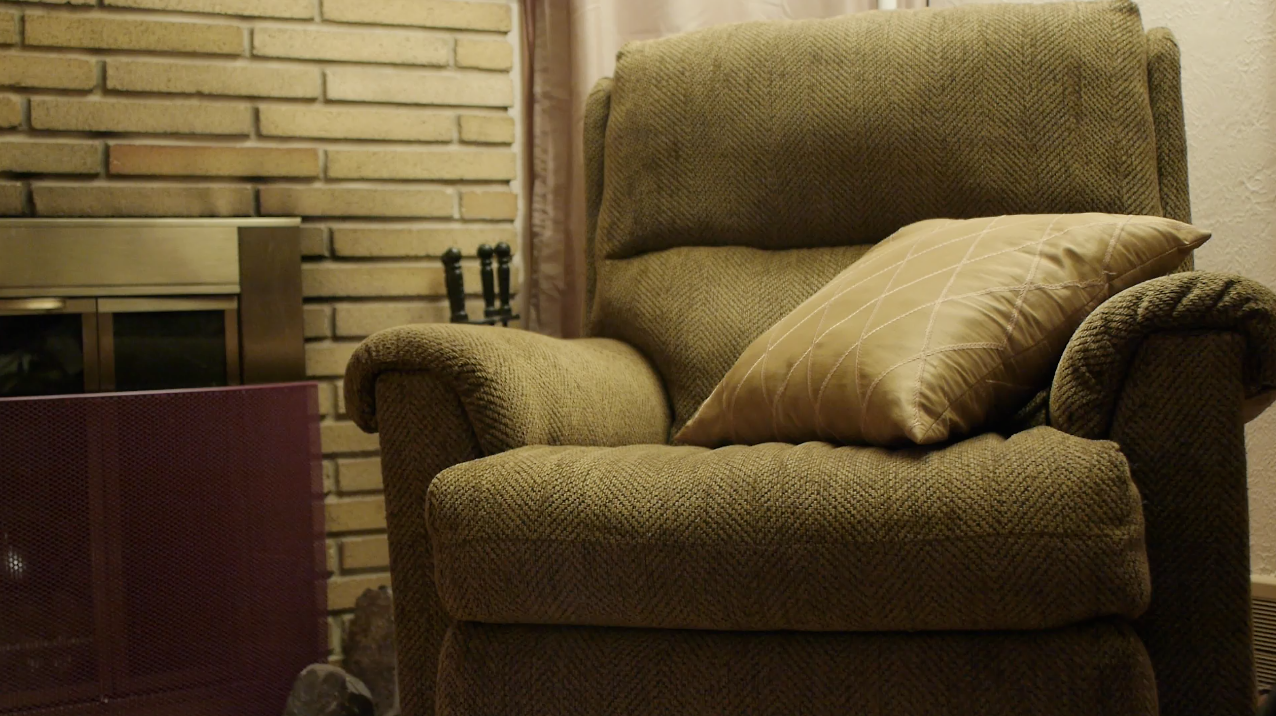
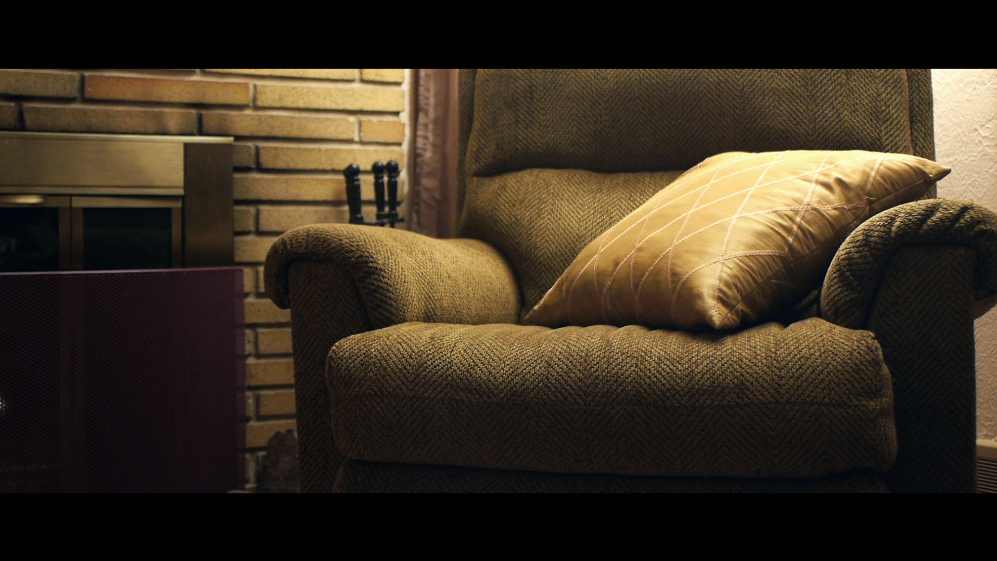

 Ugraded_Wood.png1236 x 692 - 1M
Ugraded_Wood.png1236 x 692 - 1M
 Graded_Wood.png937 x 529 - 697K
Graded_Wood.png937 x 529 - 697K
 Ungraded_LeatherCouch.png994 x 562 - 652K
Ungraded_LeatherCouch.png994 x 562 - 652K
 UngradedLeatherCouch.png1273 x 718 - 1M
UngradedLeatherCouch.png1273 x 718 - 1M
 Ungraded_GoldCouch.png1276 x 716 - 1M
Ungraded_GoldCouch.png1276 x 716 - 1M
 Graded_GoldCouch.png997 x 561 - 856K
Graded_GoldCouch.png997 x 561 - 856K
Howdy, Stranger!
It looks like you're new here. If you want to get involved, click one of these buttons!
Categories
- Topics List23,912
- Blog5,718
- General and News1,331
- Hacks and Patches1,148
- ↳ Top Settings33
- ↳ Beginners254
- ↳ Archives402
- ↳ Hacks News and Development56
- Cameras2,342
- ↳ Panasonic984
- ↳ Canon118
- ↳ Sony154
- ↳ Nikon95
- ↳ Pentax and Samsung70
- ↳ Olympus and Fujifilm98
- ↳ Compacts and Camcorders295
- ↳ Smartphones for video96
- ↳ Pro Video Cameras191
- ↳ BlackMagic and other raw cameras116
- Skill1,959
- ↳ Business and distribution66
- ↳ Preparation, scripts and legal38
- ↳ Art149
- ↳ Import, Convert, Exporting291
- ↳ Editors190
- ↳ Effects and stunts115
- ↳ Color grading197
- ↳ Sound and Music280
- ↳ Lighting96
- ↳ Software and storage tips266
- Gear5,407
- ↳ Filters, Adapters, Matte boxes344
- ↳ Lenses1,577
- ↳ Follow focus and gears93
- ↳ Sound496
- ↳ Lighting gear313
- ↳ Camera movement230
- ↳ Gimbals and copters302
- ↳ Rigs and related stuff271
- ↳ Power solutions83
- ↳ Monitors and viewfinders339
- ↳ Tripods and fluid heads139
- ↳ Storage286
- ↳ Computers and studio gear559
- ↳ VR and 3D248
- Showcase1,859
- Marketplace2,834
- Offtopic1,314








